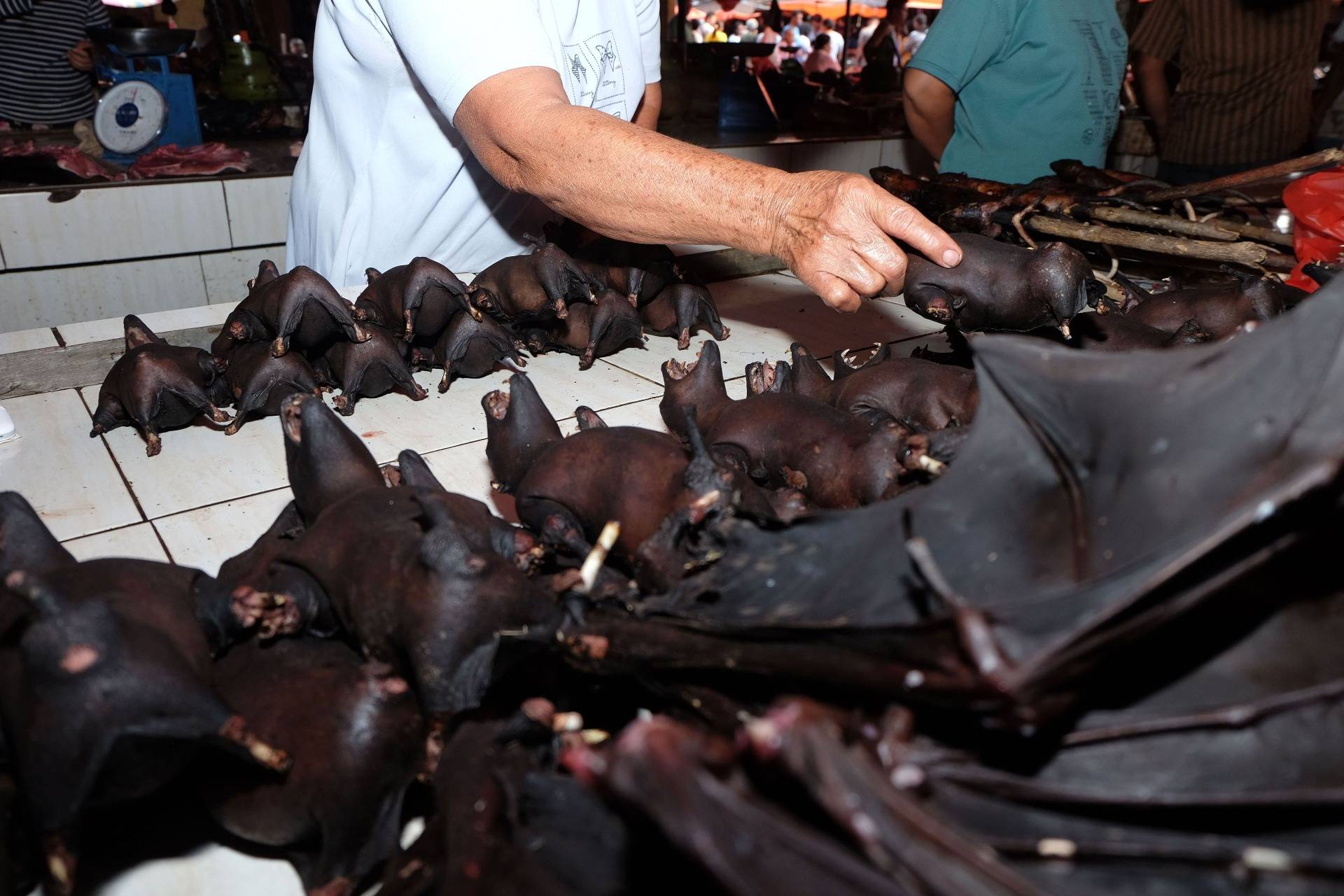The idea that human, animal and ecosystem health are interconnected is relatively new, but in the last decade or so it has taken hold. The federal Centers for Disease Control and Prevention even has a “One Health” office, “with the goal of achieving optimal health outcomes” recognizing those links.
“There is this recognition that we cannot protect, and even less improve, human health if we don’t really protect the health of the environment that underpins human well-being,” said Giulio De Leo of Stanford’s Woods Institute for the Environment.
Many researchers currently think that bats were the source of the coronavirus (now officially called COVID-19), and that it may have moved through pangolins — the world’s most highly trafficked animal — as an intermediate host before moving into humans through the wildlife trade.
There are three key ways new diseases find their way into human populations, De Leo says.
• Land-use change and habitat disruption, especially deforestation, brings humans, livestock and wildlife into new contact and can give novel diseases the introduction they need to make it into the human population.
• The illegal wildlife trade transports an estimated 5,600 species from wildlands to markets, zoos, shops and pharmacies around the world. It can be especially dangerous because the animals are often transported and sold live. China is the center of this global trade.
• In the current outbreak, live meat markets are suspected as the likely point at which sick animals infected a group of humans. These so called “wet markets” crowd a host of caged animals and humans together and are ideal environments for introducing and spreading disease.
What Can Be Done?
China has temporarily banned trade in wild animals and their sale in markets, restaurants and online. Many conservationists and disease ecologists have for years called for a permanent ban, saying it would be a win for conservation and global health. News reports indicate Chinese lawmakers may adopt permanent restrictions on the wildlife trade.
In the longer term, many disease ecologists would like deforestation hot spots to be more closely monitored, and for habitat disruption to slow or cease altogether.
Researchers also study outbreaks and manipulate model disease systems to search for the mechanisms behind how infections spread. The hope is that one day land managers may be better able to make decisions that promote the health of the ecosystem and the people and animals that depend on it.
“Studying these linkages can show us the levers we can use to protect human health while at the same time protecting the integrity of the environment we live in,” said De Leo.
